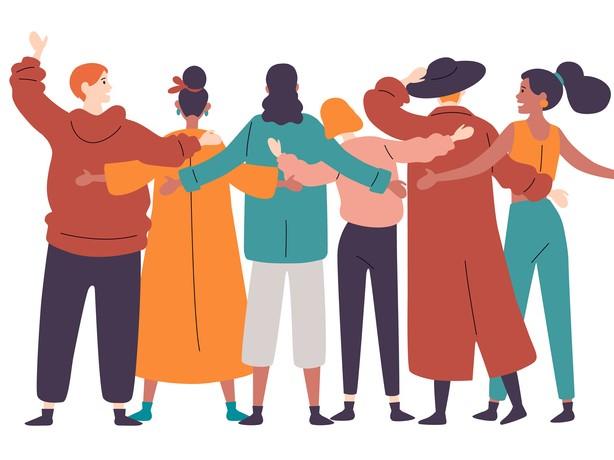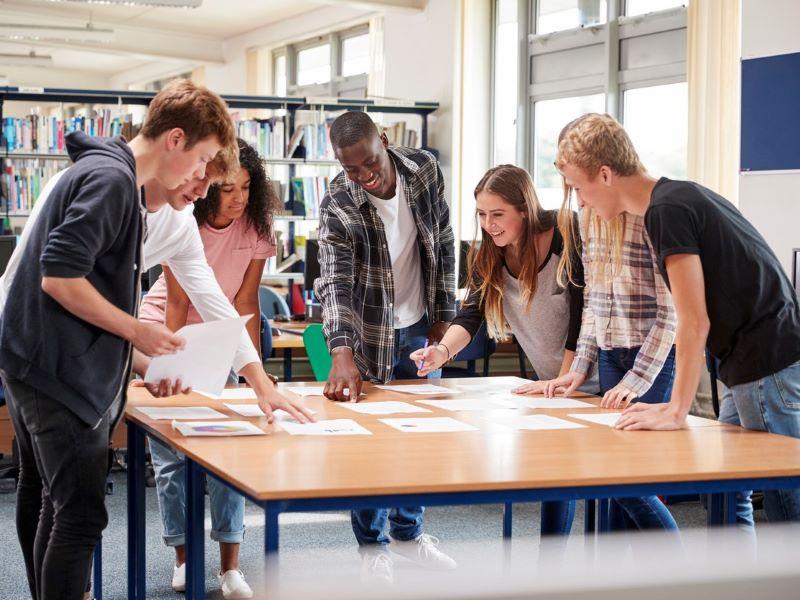
Using the ‘36 questions to fall in love’ to revolutionise group work

By now, you probably know that group work is a great way to improve students’ communication skills and that these skills are highly regarded when it comes to employability. However, students can be apprehensive about working with others and often experience social anxiety when faced with group work, particularly when they do not know their fellow group members. Add in the fact that after two years of remote learning and lockdowns, young adults are particularly at risk of increased social anxiety and that first-year students are more likely to already be suffering feelings of loneliness and anxiety – and we suddenly have a pretty challenging scenario when wanting to facilitate effective group work.
- What I learned from spending three years researching TikTok
- A little more conversation: using Elvis to teach critical theory
- Relationship-building: the key to effective teaching
Acknowledging these challenges as a convener of large university classes, I looked to psychology to help increase students’ sense of belonging in their class groups. The outcome surpassed even my expectations, as I identified an exercise anyone can incorporate into their classroom.
Using science to foster friendships
In 1997, Arthur Aron and colleagues published a psychology study outlining a procedure to “generate interpersonal closeness”. The study quickly attained notoriety and has been touted by many pop magazines and papers as “The 36 Questions to Fall in Love”. But it’s not really about falling in love. This exercise can also help foster working friendships between students. The paper outlines a way we can accelerate a feeling of closeness between strangers by asking a specific series of questions. These questions encourage you to share and disclose personal information – a practice that can establish the building blocks of true friendship.
The exercise:
1. Students are randomly assigned to groups
Randomly assigning students to groups encourages students to work with people they may not otherwise align with. Research also shows that more heterogenous groups ultimately enjoy higher performance outcomes. Being able to work well in groups with people you don’t already know is also an important life skill for workplace success.
2. Students take turns asking questions
Students are provided with a list of the 36 questions included in the 1997 paper. The questions are arranged in three sets, with each set designed to be more personal than the last. Students are instructed to stay on each set for 15 minutes, before moving on to the next set of questions. One student reads out a question, and the student next to them answers. This student then asks the next question from the list. In this way, individual students ask, and answer, different questions.
Research-led practices to enhance social communication
In my course, I asked students to complete a survey both before and after the question exercise. This survey asked students how comfortable they felt working with their group members, and how close they felt to others in their assigned groups. Perhaps unsurprisingly, at the start of the class, more than half the students said they felt either uncomfortable or neutral about working in their group, and a whopping 92.5 per cent said they did not feel close to their group members.
However, by using science to accelerate these feelings of closeness, students experienced a huge uplift in their feelings of comfort and closeness. After only an hour spent with each other, 90 per cent of students said they felt comfortable or very comfortable working with their group members, and 61 per cent said they felt close or very close to their group members (with a total of 92 per cent feeling neutral or close). Remarkably, none of the 51 students who said they “did not feel close at all” to their group at the outset of the exercise still felt that way after performing the exercise.
Using targeted practices to help foster important social skills can be extremely effective and successful. More than this, applying such practices can provide fun and engaging ways for students to build relationships. Once the exercise started, to my surprise the whole room was filled with laughter and students were talking and sharing. The tutors and I just stood back. All 167 of the students were engaged and open and making real connections. It was incredible to watch.
Helping students actively engage in group work not only makes our students more employable, it also increases their feelings of belonging and enjoyment while at university. It’s important to create a sense of community among our students. After all, university is about so much more than the content, and many of these students will be colleagues one day.
Nici Sweaney is a postdoctoral fellow and course convener at the Australian National University.
If you would like advice and insight from academics and university staff delivered direct to your inbox each week, sign up for the Campus newsletter.


